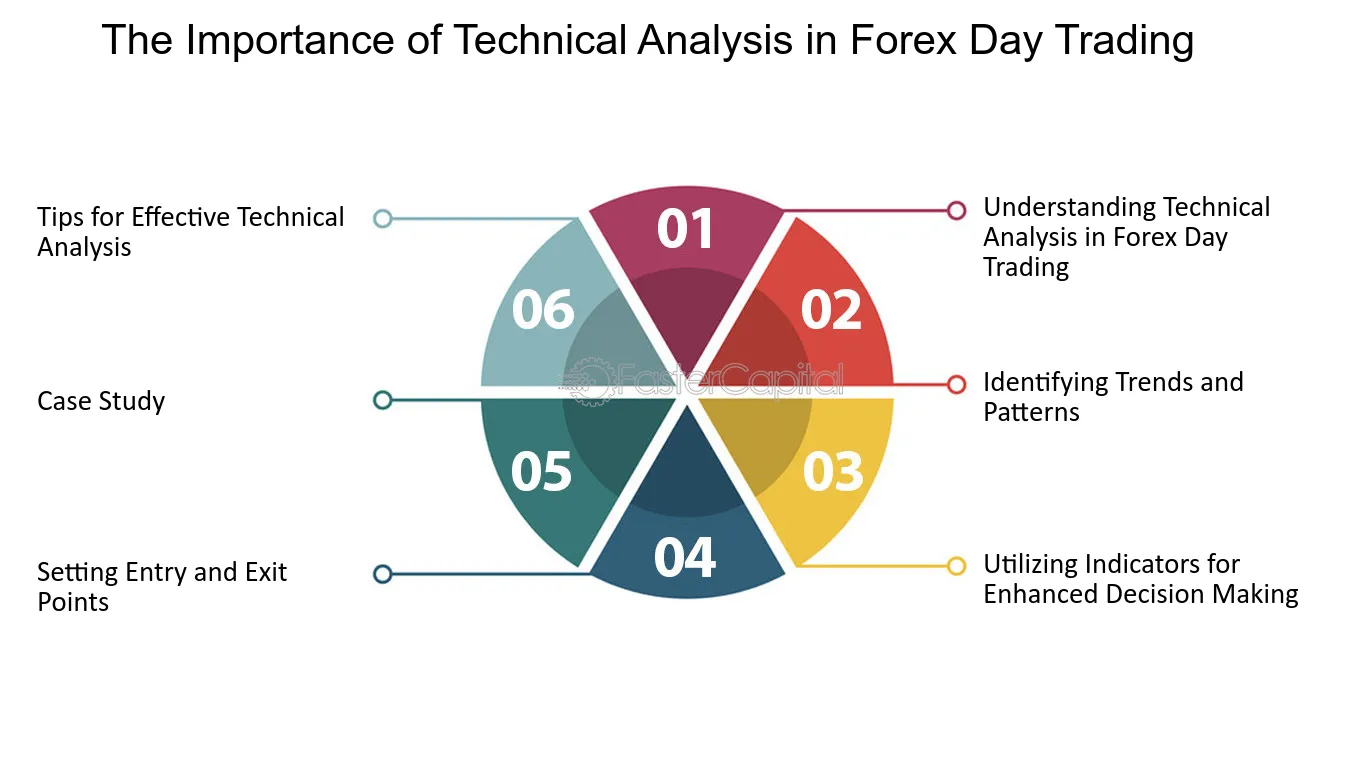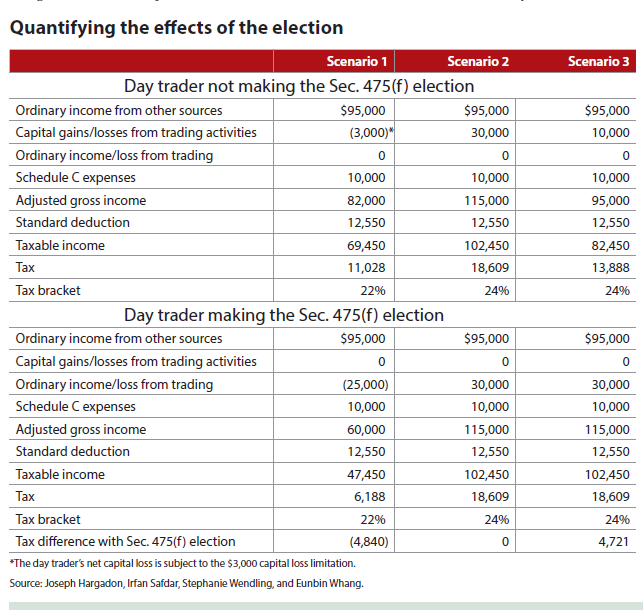Did you know that the average day trader spends more time staring at charts than a cat looking at a laser pointer? If you’re ready to dive into the fast-paced world of day trading stocks, this beginner's guide has you covered. Discover what day trading is and how it operates, identify the best stocks to trade, and learn about the essential strategies that can lead to success. We’ll discuss the funds needed to start, the risks involved, and how to choose a reliable trading platform. Plus, you’ll find tips on creating a solid trading plan, managing emotions, and leveraging technical analysis. With insights on tracking performance and staying updated on market trends, this guide aims to equip you with the knowledge necessary for effective day trading. Don’t forget to explore common pitfalls to avoid and the tax implications of your trading actions. Join us at DayTradingBusiness as we illuminate your path to becoming a savvy day trader!
What is day trading and how does it work?
Day trading involves buying and selling stocks within the same trading day to capitalize on short-term price movements. Traders analyze market trends, news, and charts to make quick decisions. They use strategies like scalping for small profits or momentum trading to ride price swings. Day traders often leverage margin accounts to increase buying power, but this also increases risk. The goal is to close all positions by the end of the day, avoiding overnight market exposure. Successful day trading requires discipline, research, and a solid risk management plan.
What are the best stocks for day trading?
The best stocks for day trading typically have high volatility and liquidity. Look for stocks like Tesla (TSLA), Amazon (AMZN), Apple (AAPL), and Nvidia (NVDA). These often show large price swings and have significant trading volume, making them suitable for quick trades. Additionally, check for stocks with news catalysts, earnings reports, or sector momentum. Always ensure to perform your own research and analysis before trading.
How much money do I need to start day trading?
To start day trading stocks, you typically need at least $25,000 in your trading account to comply with the SEC’s pattern day trader rule. However, you can begin with as little as $1,000 if you trade with a broker that allows for margin or offers a cash account. Keep in mind, the more capital you have, the better your chances of managing risks and covering losses.
What are the key strategies for day trading success?
1. Develop a Trading Plan: your goals, risk tolerance, and strategies for entry and exit points.
2. Use Technical Analysis: Learn to read charts and indicators like moving averages, RSI, and MACD to identify trends.
3. Manage Risk: Set stop-loss orders to limit potential losses and never risk more than a small percentage of your capital on a single trade.
4. Stay Informed: Follow market news and economic indicators that impact stock prices.
5. Practice Discipline: Stick to your plan and avoid emotional trading. Cut losses quickly and let profits run.
6. Choose the Right Stocks: Focus on liquid stocks with high volatility for better trading opportunities.
7. Review and Adapt: Regularly analyze your trades to learn from mistakes and refine your strategies.
How do I choose a reliable day trading platform?
To choose a reliable day trading platform, consider these factors:
1. Regulation: Select platforms regulated by trusted authorities like the SEC or FINRA.
2. Fees: Look for low commissions and fees to maximize your profits.
3. Trading Tools: Ensure the platform offers advanced charting, real-time data, and technical analysis tools.
4. User Experience: Opt for a user-friendly interface that suits your trading style.
5. Customer Support: Check for responsive customer service to assist you when needed.
6. Security: Prioritize platforms with strong security measures to protect your funds and data.
7. Reviews: Read user reviews and ratings to gauge the platform's reliability and performance.
Evaluate these aspects to find a platform that fits your needs for day trading stocks.
What are the risks associated with day trading?
Day trading stocks involves several risks:
1. Market Volatility: Rapid price fluctuations can lead to significant losses.
2. Leverage Risks: Using margin can amplify losses, potentially exceeding your initial investment.
3. Emotional Stress: The pressure of quick decisions can lead to irrational trading choices.
4. Lack of Research: Insufficient analysis can result in poor trades and missed opportunities.
5. High Transaction Costs: Frequent buying and selling can rack up commissions and fees, eroding profits.
6. Regulatory Risks: Changes in regulations can impact trading strategies and profitability.
Understanding these risks is crucial for anyone considering day trading.
How can I develop a day trading plan?
To develop a day trading plan, start by defining your trading goals, such as profit targets and risk tolerance. Choose a specific trading strategy, like scalping or momentum trading. Select the stocks you want to trade based on liquidity and volatility.
Next, set your entry and exit criteria, including indicators or patterns to watch for. Determine your position sizing and risk management rules, like stop-loss levels. Create a daily routine for market analysis and review your trades regularly to refine your strategy. Stick to your plan to maintain discipline and avoid emotional trading.
What indicators should I use for day trading?

Use the following indicators for day trading stocks:
1. Moving Averages: Simple Moving Average (SMA) and Exponential Moving Average (EMA) help identify trends and potential reversal points.
2. Relative Strength Index (RSI): Indicates overbought or oversold conditions, helping to spot potential entry and exit points.
3. Bollinger Bands: Show volatility and potential price breakouts by measuring price movement relative to a moving average.
4. Volume: High trading volume can confirm trends and indicate strong price movements.
5. MACD (Moving Average Convergence Divergence): Helps identify momentum shifts and potential buy/sell signals.
6. Stochastic Oscillator: Compares a stock's closing price to its price range over a specific period, signaling overbought or oversold conditions.
These indicators can enhance your strategy and decision-making in day trading.
How do I manage my emotions while day trading?
To manage your emotions while day trading, establish a clear trading plan with defined entry and exit points. Stick to your strategy, and avoid impulsive decisions based on fear or greed. Set realistic goals and maintain discipline, treating each trade as a business decision. Use stop-loss orders to limit potential losses and relieve stress. Take breaks to clear your mind and prevent burnout. Finally, keep a trading journal to reflect on your trades and emotions, helping you learn and improve.
What is the role of technical analysis in day trading?

Technical analysis in day trading involves using charts and indicators to identify price trends and patterns. Traders analyze historical price movements to make informed decisions about entry and exit points. Key tools include moving averages, volume analysis, and momentum indicators. This approach helps traders capitalize on short-term market fluctuations and manage risk effectively.
How can I track my day trading performance?
To track your day trading performance, use a trading journal to log each trade, including entry and exit points, position size, and reasons for the trade. Analyze your profit and loss after each session to identify patterns. Consider using trading software or apps that provide analytics and performance metrics. Regularly review your trades to assess what strategies worked and what didn’t. This will help you refine your approach and improve your overall performance.
What are the best day trading stocks for beginners today?
The best stocks for day trading today include highly liquid options like Tesla (TSLA), Amazon (AMZN), and Apple (AAPL). Look for stocks with significant price movements and high volume to maximize opportunities.
Learn more about: Best Stocks for Day Trading Today
Learn about Best Practices for Selling Day Trading Stocks
What are the tax implications of day trading?

Day trading stocks can significantly impact your taxes. Profits from day trading are considered short-term capital gains, taxed at your ordinary income rate, which can be higher than long-term capital gains rates. You must report all trades on your tax return, as losses can offset gains but can only be deducted up to $3,000 against other income per year. If you qualify as a "trader" by meeting specific IRS criteria, you might be able to deduct trading-related expenses. Keep accurate records of all transactions to simplify tax filing.
How can I learn day trading effectively?
To learn day trading effectively, start with these steps:
1. Educate Yourself: Read books and take online courses focused on day trading stocks. Key topics include technical analysis, chart patterns, and risk management.
2. Practice with a Simulator: Use a trading simulator to practice without risking real money. This helps you understand strategies and develop your skills.
3. Develop a Trading Plan: Create a detailed plan outlining your strategies, risk tolerance, and goals. Stick to it to maintain discipline.
4. Learn Technical Analysis: Study charts and indicators like moving averages and RSI. This knowledge helps you make informed decisions.
5. Stay Updated: Follow financial news and market trends to understand factors that influence stock prices.
6. Analyze Your Trades: Keep a journal of your trades to assess what works and what doesn’t. Regularly reviewing your performance is crucial for improvement.
7. Start Small: When you begin trading with real money, start with small amounts to manage risk while gaining experience.
8. Join a Community: Engage with other traders through forums or social media to share insights and strategies.
By following these steps, you'll build a solid foundation for successful day trading in stocks.
Learn about How to Learn from Day Trading Mistakes
What are the common mistakes beginners make in day trading?
Common mistakes beginners make in day trading include:
1. Lack of a Trading Plan: Trading without a clear strategy can lead to impulsive decisions.
2. Overtrading: Many beginners trade too frequently, increasing transaction costs and risks.
3. Ignoring Risk Management: Not setting stop-loss orders can result in significant losses.
4. Chasing Losses: Trying to recover lost money often leads to more losses.
5. Emotional Trading: Letting emotions dictate trades can lead to poor decision-making.
6. Neglecting Research: Failing to analyze stocks and market trends can result in uninformed trades.
7. Using Excessive Leverage: High leverage can amplify losses, risking more than intended capital.
8. Not Practicing with Paper Trading: Skipping practice can lead to costly mistakes in real trading.
9. Focusing on Short-Term Gains: Ignoring long-term trends can lead to missed opportunities.
Avoiding these pitfalls can improve your chances of success in day trading.
How do I stay updated on market news for day trading?
To stay updated on market news for day trading, follow these steps:
1. Use Financial News Websites: Regularly check sites like Bloomberg, CNBC, and Reuters for real-time updates.
2. Set Up Alerts: Use apps like Google Alerts or financial news apps to get notifications on specific stocks or market events.
3. Follow Social Media: Join trading communities on Twitter, Reddit, or StockTwits for insights and trends.
4. Subscribe to Newsletters: Sign up for daily or weekly newsletters from reputable trading platforms or analysts.
5. Watch Economic Calendars: Keep an eye on economic calendars for key events that can impact the market.
6. Listen to Podcasts: Tune into finance and trading podcasts for expert discussions and market analysis.
Engaging with these resources will help you stay informed and make better trading decisions.
Learn about How to Stay Updated on Crypto Market News for Day Trading
What timeframes should I focus on for day trading?
For day trading stocks, focus on short timeframes like 1-minute, 5-minute, or 15-minute charts. These allow you to capture quick price movements. Many traders also use the 1-hour chart for broader context. Prioritize volatility and liquidity during market hours, especially at the open and close, to maximize opportunities.
Conclusion about Day Trading Stocks: A Beginner’s Guide
In conclusion, day trading can be a rewarding yet challenging endeavor. By understanding the fundamentals, selecting the right stocks, and implementing effective strategies, you can enhance your trading performance. It’s essential to choose a reliable platform, manage risks, and develop a comprehensive trading plan. Continuous education and staying updated on market news will further support your journey. For in-depth insights and guidance tailored to your needs, DayTradingBusiness is here to assist you every step of the way.
Learn about Beginner’s Guide to Day Trading Options
Sources:
- Volume Weighted Average Price (VWAP) The Holy Grail for Day ...
- Machine learning techniques and data for stock market forecasting ...
- Options and Futures: A Tutorial
- Beat the Market An Effective Intraday Momentum Strategy for ...
- The Finfluencer Appeal: Investing in the Age of Social Media
- Questions and Answers on Special Drawing Rights